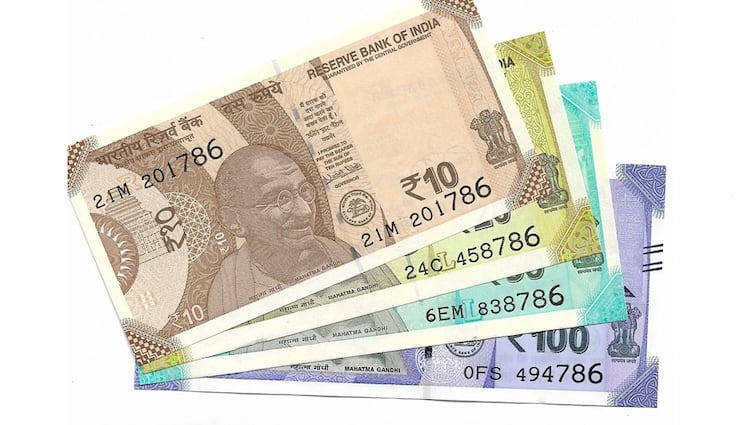
Small currency notes: There are constant complaints of shortage of 10, 20 and 50 rupee notes in the market. Now Congress MP Manikam Tagore has raised the issue of low availability of small notes in the market and alleged that the Reserve Bank of India has stopped printing these notes. In a letter to Finance Minister Nirmala Sitharaman, Tagore said that there is a huge shortage of these notes in the market. Due to this, the poor in rural and urban areas are facing a lot of problems. He has also demanded the Finance Minister to take immediate steps to overcome the shortage of small value currency notes.
It is worth noting that the share of Rs 500 notes in the total current currency in the financial year 2023-24 was 86.5% till March 2024. As of March 31, 2024, the highest number of Rs 500 notes was 5.16 lakh, while Rs 10 notes were second with 2.49 lakh numbers. However, complaints of shortage of small notes keep coming frequently. The Reserve Bank spent Rs 5,101 crore on printing notes in the financial year 2023-24. Also, in the same period a year ago i.e. 2022-23, RBI had spent Rs 4,682 crore on printing notes.
On Congress MP Manikam Tagore from Virudhunagar seat of Tamil Nadu There is an allegation of not printing small notes In a letter to the Finance Minister, Tagore wrote, “Minister of Finance, I wish to draw your attention to a serious issue affecting millions of citizens, particularly those in rural areas and urban poor communities. “The acute shortage of currency notes in the denominations of ₹10, ₹20 and ₹50 has caused great inconvenience and hardship.”
Tagore wrote in the letter that reports suggest that the Reserve Bank of India (RBI) has stopped printing these notes to promote UPI and cashless transactions. He said that the effort to promote digital payments is understandable, but the move to stop printing small notes is affecting those who do not have access to digital payment infrastructure, especially in rural areas.
 look news india
look news india